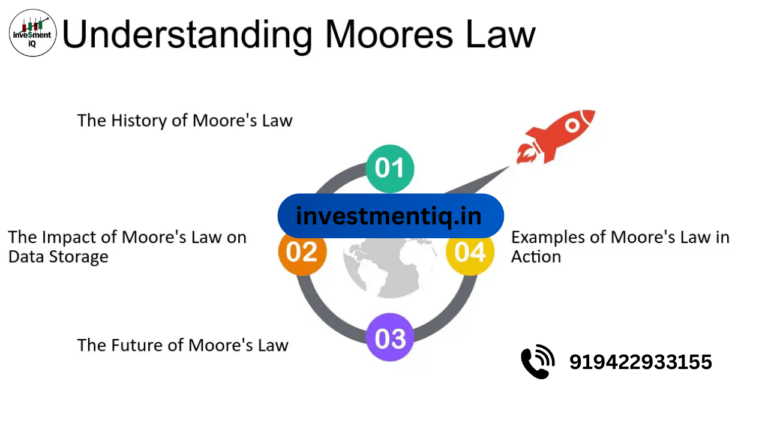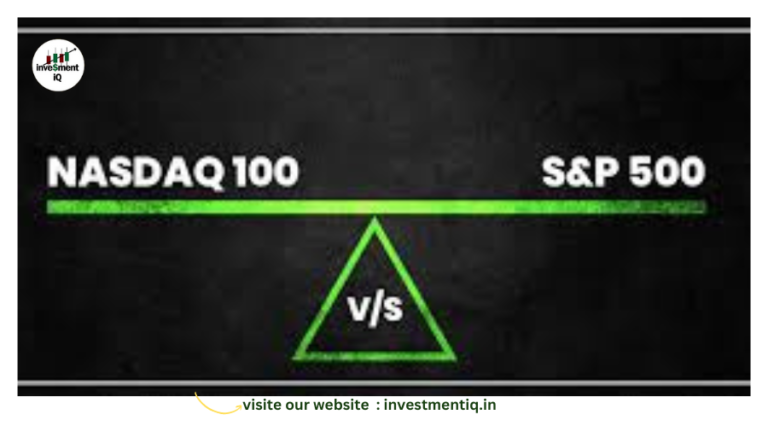Don’t put all your eggs in one basket” — a saying old as time, yet never more relevant than now.
The world of investing in 2025 is faster, smarter, and more tech-driven than ever before. From AI-powered trading to booming crypto markets, new-age investors have more tools—and more risk—than any previous generation.
Yet, despite the evolution of the financial landscape, one timeless principle still holds strong: diversification.
Whether you’re a seasoned investor or just starting your journey, understanding and applying the concept of diversification is crucial for reducing risk and building long-term wealth.
What Is Diversification?
In simple terms, diversification means spreading your investments across different assets, sectors, or regions to reduce the overall risk. Instead of relying on one investment to carry your entire financial future, you distribute your capital among a variety of instruments to balance potential losses.
Why Diversification Still Matters in 2025
1. Market Volatility Remains
AI, automation, and algorithmic trading haven’t removed volatility. Instead, they’ve accelerated market reactions. A well-diversified portfolio helps you weather these sudden swings by cushioning losses in one area with gains in another.
2. Cryptocurrency Is Still Unpredictable
While digital assets like Bitcoin and Ethereum have matured somewhat, they remain volatile. Diversifying into other asset classes can reduce overexposure and help manage risk.
3. Global Uncertainty Is the New Normal
From inflationary pressure and global conflicts to new trade regulations, uncertainty spans across markets. A diversified portfolio with exposure to multiple economies and industries reduces the risk posed by events in a single country or sector.
4. Tech Isn’t Always a Safe Bet
Although technology stocks often dominate portfolios, history has shown that even dominant sectors experience corrections. A balanced allocation into healthcare, real estate, consumer goods, and energy sectors ensures better stability.
5. Not All Assets Perform the Same
Different asset classes perform differently based on market cycles. While equities may thrive during growth, bonds may perform better during downturns. Holding a range of asset types allows you to participate in gains across varying economic conditions.
Sample Diversified Portfolio for 2025
| Asset Class | Allocation | Role in Portfolio |
|---|---|---|
| Domestic Equity | 40% | Long-term capital growth |
| International Equity | 15% | Exposure to global markets |
| Bonds or Debt Funds | 20% | Income and stability |
| Gold or Silver ETFs | 10% | Inflation hedge and market volatility |
| Real Estate / REITs | 10% | Tangible assets and passive income |
| Cryptocurrencies | 5% | High-risk, high-reward potential |
Tools for Easy Diversification
- Index funds and mutual funds
- Sectoral and thematic ETFs
- Robo-advisors offering auto-rebalancing
- Digital platforms like Zerodha, Groww, INDmoney
Final Thoughts
Diversification is not about avoiding risk; it’s about managing it smartly. In 2025, where financial markets are increasingly complex and globally interconnected, this age-old strategy remains one of the most effective tools for building wealth with confidence.




